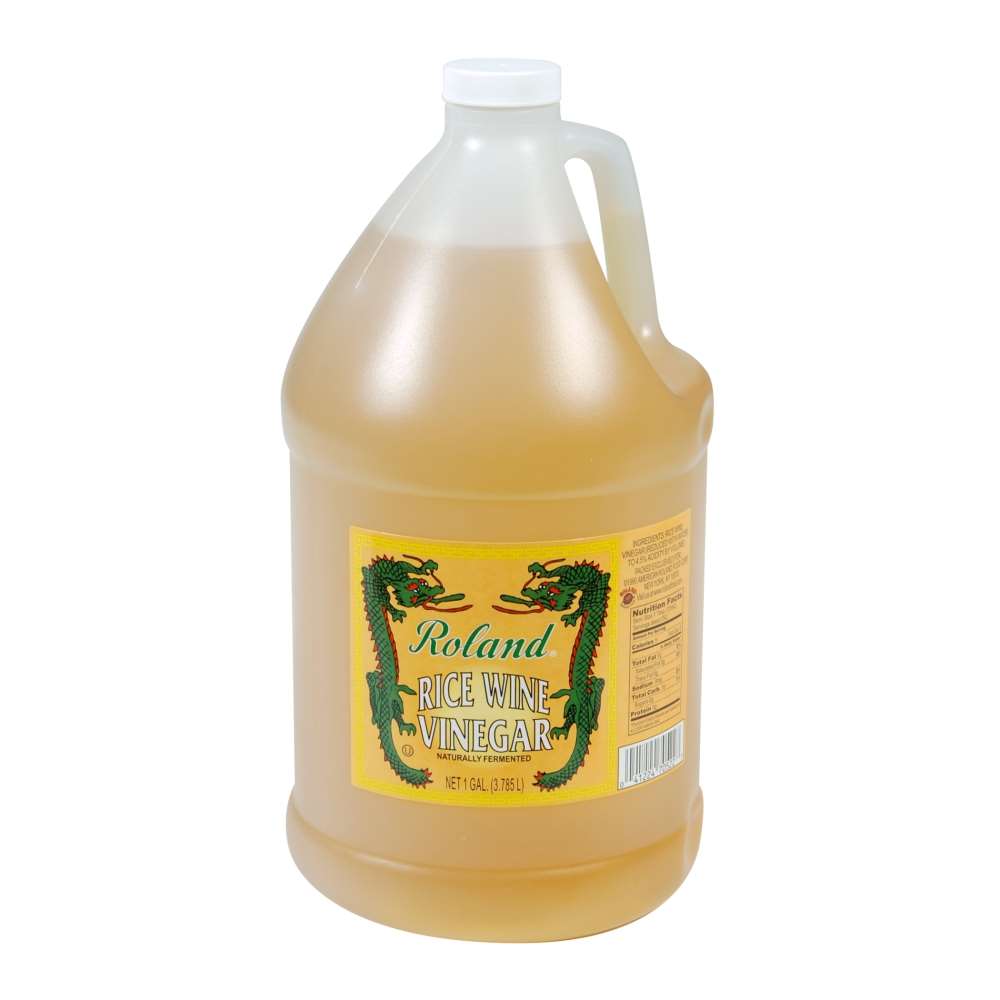
It is made from the saccharification process of glutinous rice + rice koji + shochu and has an alcohol frequency of around 14%.
RICE WINE VINEGAR FULL
Amino acids: Rice vinegar is full of the building blocks for proteins, which means that it is beneficial for building up your body’s tissues.Acetic acid: The compound in vinegar that gives it its sour taste is acetic acid, which has important benefits for gut health.Rice vinegar’s health-promoting benefits result from compounds like: In comparison to other kinds of vinegar, rice vinegars all have a mild sweetness. The type of rice vinegar used on sushi in Japan is called komezu and it has a notably mild flavor. White rice wine vinegar is the version that is most widely known in the West and typically has more acetic acid than other vinegar types from China however, its flavor is milder than that of cider vinegar and other vinegar options more common in the West. White rice wine vinegar is made with rice alone. Red rice vinegar is made from a combination of red rice with barley and sorghum and has a slightly salty flavor. It has a sweetish umami flavor in addition to its acidity. Chinkiang vinegar is the most popular black rice vinegar and is made from glutinous rice and malt. The Chinese varieties include black rice vinegar, white vinegar, and red yeast rice vinegar. Rice vinegar flavor profileĮach of the different rice vinegar types has a distinctive flavor profile. The type of rice used to make rice vinegar is glutinous rice, also called sweet rice. Bacteria are then added to convert the alcohol into acetic acid. During the process, the sugars in the rice are transformed into alcohol. Rice vinegar is made by first fermenting rice wine. Vinegar was a staple in Chinese kitchens during this period and was considered to be just as important as soy sauce, oil, and rice. Vinegar was regarded as an internal and external cleanser.Ĭhia Ming’s Essential Knowledge for Eating and Drinking, which was written in the 1300s recommends vinegar as a preventive measure for neutralizing poisons from fish and certain vegetables. As a result, most rice wine vinegar comes from China or Japan. Most foods from that part of the world use limes, tamarind or other ingredients to provide acidity. Vinegar never became a popular ingredient in Southern Asia. Around 960 CE, the Chinese began to eat raw fish and meat seasoned with vinegar and this would eventually be adopted by the Japanese as well. The first documentation of rice vinegar comes much later in history from the Chou Dynasty in the 12th century BCE.Īfter originating in China, rice vinegar would make its way to Japan at some point in the 4th or 5th centuries CE. Barley and millet were probably used as well. The earliest of their vinegars were likely made from a variety of grains including rice.

What historians do know is that the Chinese have been making vinegar for over 4,000 years. There is not a lot of information on the origin of rice vinegar.

Rice vinegar (also known as rice wine vinegar) originated in China. Twitter Facebook LinkedIn Email Pinterest


 0 kommentar(er)
0 kommentar(er)
